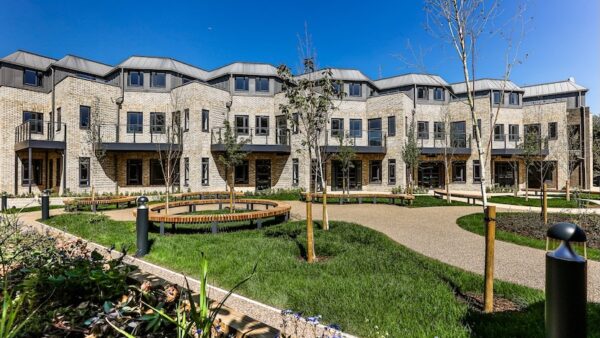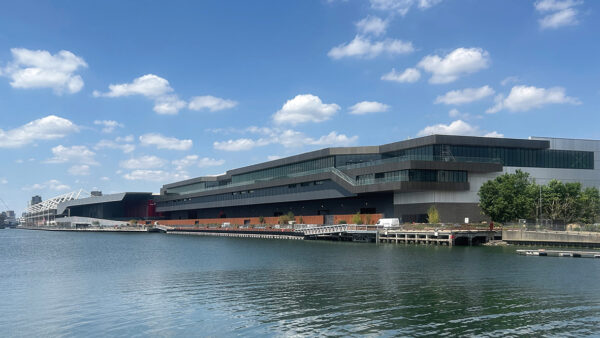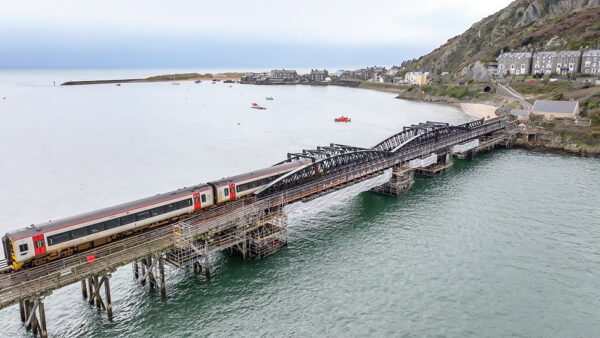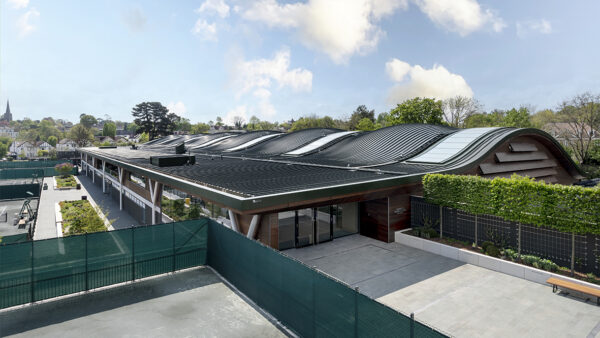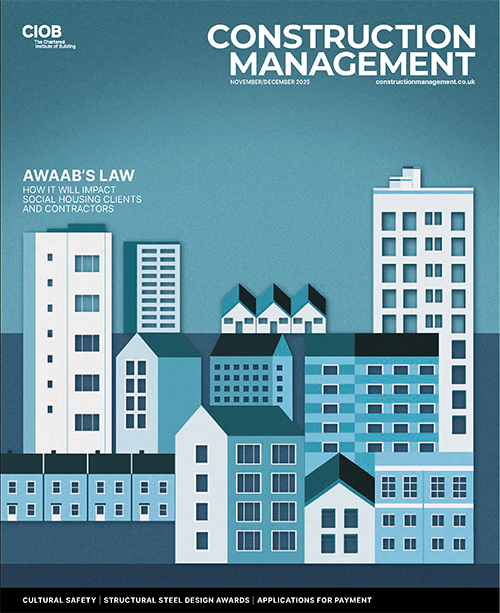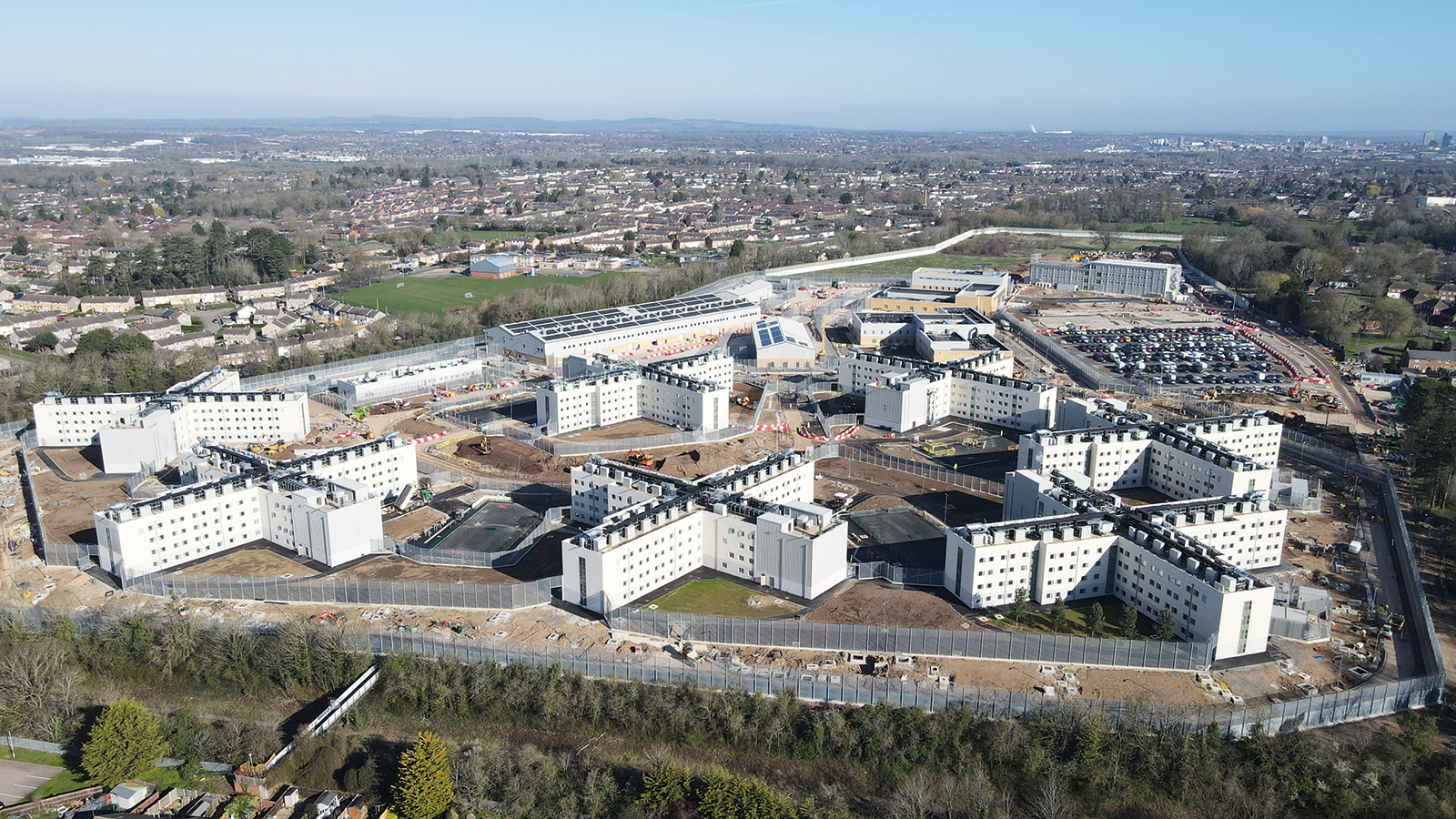
Gold Award Winner: Steve Fennell MCIOB, Bovis Construction

Project: HMP Fosse Way, Leicester
Scope: Construction of new prison with eight four-storey house blocks, completed in 149 weeks
Client: Ministry of Justice
Value: £303m
On this mammoth project around 13,000 factory-made concrete components were brought in, alongside 50,000 cast-in elements for the M&E, and the doors and the windows. These pre-cast elements accounted for 60% of the total contract value.
Other finalists
Paul Ingram Kier
Operations director Steve Fennell’s use of prefabrication brought value by driving out installation defects and accelerating the build, allowing groundworks and building preparation to run concurrently with component production. Meanwhile, his use of quality assurance software to manage the prefabrication and installation improved precision.
But Fennell’s innovation reach extended further. After a cost analysis demonstrated the long-term durability of resin compared with the previously specified epoxy paint, he applied it to the floors and shower walls of cells. This change added maintenance value and quality at no extra cost.
Fosse Way prison has a focus on training and resettlement and incorporates 24 classrooms and workshops, including one for making concrete sections (supported by a CAD qualification) for the construction industry and an HGV driving simulator.
Fennell ensured the ethos of the prison was also reflected in the site workforce. Of the 77 prisoners on temporary leave who worked on this project across its duration, three-quarters secured employment through the supply chain on release.
The success of Fennell’s determined, professional, and collaborative leadership is clear from the client’s award of a further £85m house block and ancillary buildings following this contract.
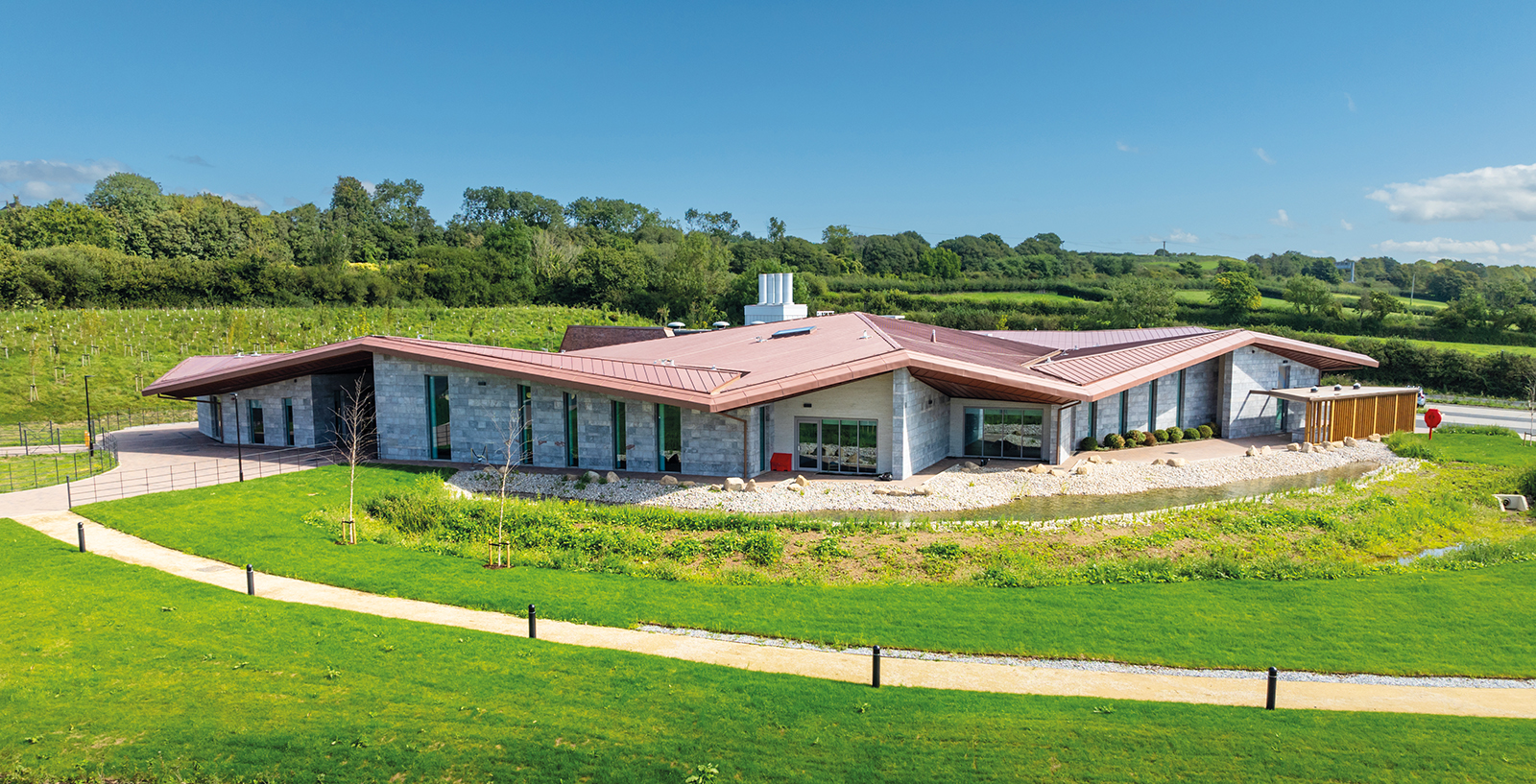
Silver Award Winner: Paul Fletcher MCIOB, Kier

Project: Plymouth Crematorium at The Park, Devon
Scope: Construction of crematorium, completed in 97 weeks
Client: Plymouth City Council
Value: £21m
Paul Fletcher joined partway through the delayed build. Attention had been focused on landscaping the site’s 6.8 hectares, including the development of wildflower meadows, attenuation ponds and ornamental pond. But this was at the expense of progress on the zinc-roofed main building, which Fletcher reprioritised.
Numerous alterations to the roof’s multiple pitches were also delaying the scaffold take-down,
so Fletcher replaced this with scissor-lifts. Fletcher also increased the size of the workforce, accelerating progress further.
To maintain quality, he fostered a no-blame culture encouraging openness about mistakes, so they were not compounded. He set up the snagging system so only the client could sign off on defect closures.
Fletcher oversaw the design and building of bespoke 2.4 metre high internal doors to allow for shoulder-borne coffins, and coordinated the building and M&E systems with client-supplied cremators.




